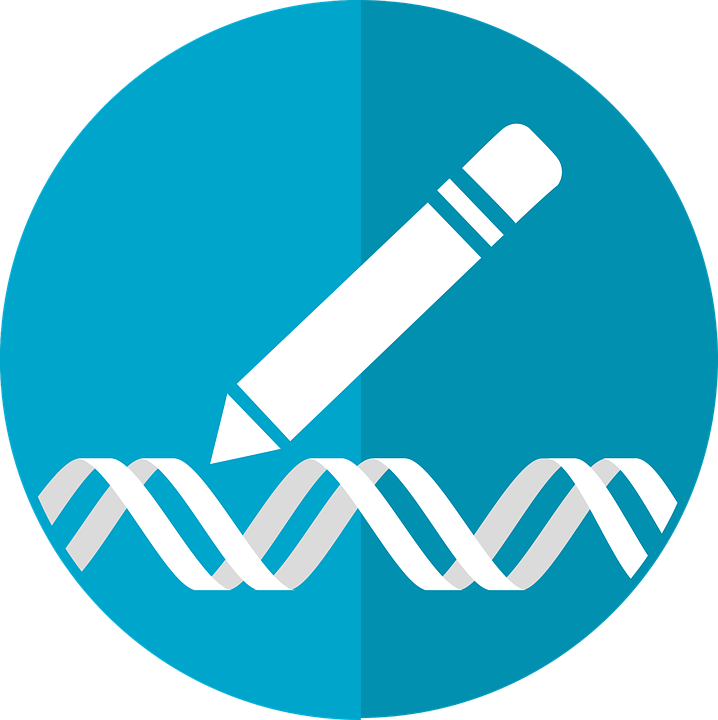Aggregated News

In 1951, Henrietta Lacks walked into Johns Hopkins Hospital complaining of vaginal bleeding. Although she died later that year, her legacy lives on. Why? Because researchers took her cells and shared them with colleagues, conducting countless studies that have fueled findings in many areas. And they did so without her permission.
Henrietta’s story is incredible on several levels: First, her cells, transformed by radium, were unique in their ability not only to survive the laboratory but to thrive. Second, she unwittingly advanced medical and scientific research. Third, she never knew of her remarkable contribution to science, making her story a case study on consent, public trust and medical ethics.
>> READ: The Complicated Ethics of Gene Editing
Now, in 2018, gene editing is no longer the stuff of science fiction. It is real, and many gene-editing therapies, such as treatments involving chimeric antigen receptor T-cells and CRISPR, could forever change medicine. They could — no, they are ushering in the age of precision medicine. Their enormous costs have also contributed to the rise of value-based care, as certain therapies earn...



